It’s always fun to see where and how the colors are turning each year. One thing that is pretty consistent, is the change is elevation based. Trees start turning first at the higher elevations in the High Peaks around the last week in September. Much of the northern, central, and western Adirondacks change close to this same time, and then colors progress toward the lower foothill areas in the southern Adirondacks which peak around the first and second weeks of October. Lake George and Lake Champlain reach peak about a week after that. This weekend (Columbus Day weekend) should be prime color here in the Warren / Saratoga County region and periphery of the park, with nice colors yet in Keene Valley and other low elevation locations around the peaks. One thing I’ve noticed this year though, is that although we’re getting some really great colors, the leaves don’t hang on the trees very long after they’ve turned.
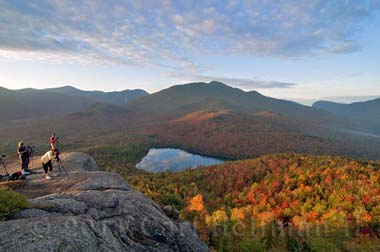
In addition, the long range weather forecast for this Columbus Day weekend is looking pretty good. All major roads have been repaired after the flooding from Irene, and most trails are open as well. It’s been pretty wet this fall, so most streams and rivers are flowing at a higher level. That makes for some real nice water coming over waterfalls and cascades!
Over the past 10 days during my late September and early October workshops and tours, I’ve had a chance to wander across much of the Adirondack region to view and photograph the changing fall colors. I’ve really enjoyed the groups I’ve been working with, and we’ve had some special, unique light, as well as great foliage in different locations. There has also been a mix of rain, mist and showers, as well as a quite chilly and showery wind blowing down Tupper Lake during the Wild Center workshop this past Saturday (Oct. 1). The soft light of misty conditions though is great for creating imagery with a mystical feel.
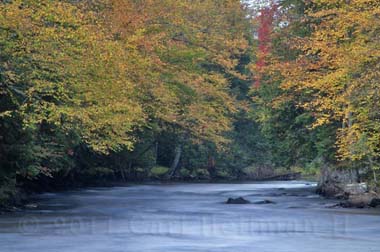 For photography, colors tend to ‘pop’ the best in the glow of early morning and evening light. Morning is especially nice when there is some mist and moisture to add a dreamy effect to the images. The moisture also helps accentuate some of the colors. A polarizing filter can enhance the fall colors as well as sky contrasts when it’s used at angles of about 90 degrees to the direction the light is coming from. However, I find I can enhance the colors and sky with little difficulty in post processing techniques to compare with the colors I expected from film, and rarely use filters for my digital photography.
For photography, colors tend to ‘pop’ the best in the glow of early morning and evening light. Morning is especially nice when there is some mist and moisture to add a dreamy effect to the images. The moisture also helps accentuate some of the colors. A polarizing filter can enhance the fall colors as well as sky contrasts when it’s used at angles of about 90 degrees to the direction the light is coming from. However, I find I can enhance the colors and sky with little difficulty in post processing techniques to compare with the colors I expected from film, and rarely use filters for my digital photography.
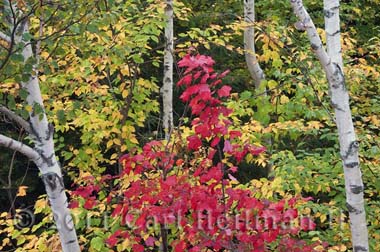 With all the colors around it may seem like pictures would be everywhere, but take time to compose your photos so they have a nice balance of contrasts and details. Hone the composition to just the details that tell the story. It’s often the simplest compositions that have the greatest impact.
With all the colors around it may seem like pictures would be everywhere, but take time to compose your photos so they have a nice balance of contrasts and details. Hone the composition to just the details that tell the story. It’s often the simplest compositions that have the greatest impact.
Happy shooting!

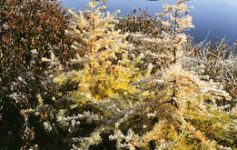
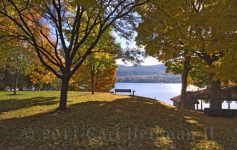
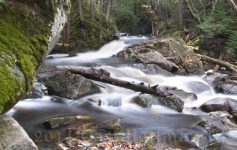
I like this web site very much, Its a very nice article to read and incur information.